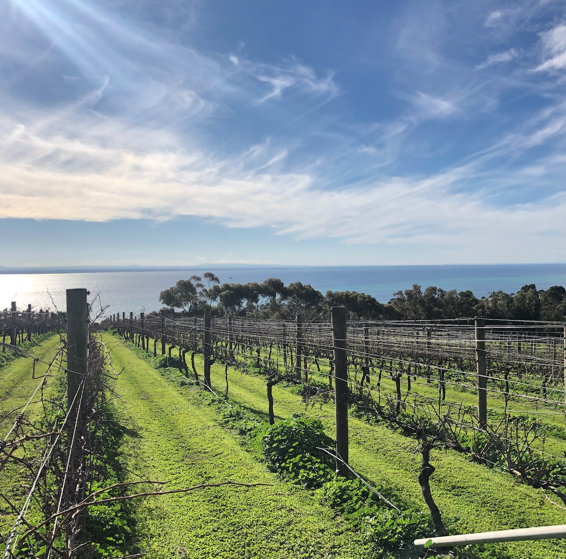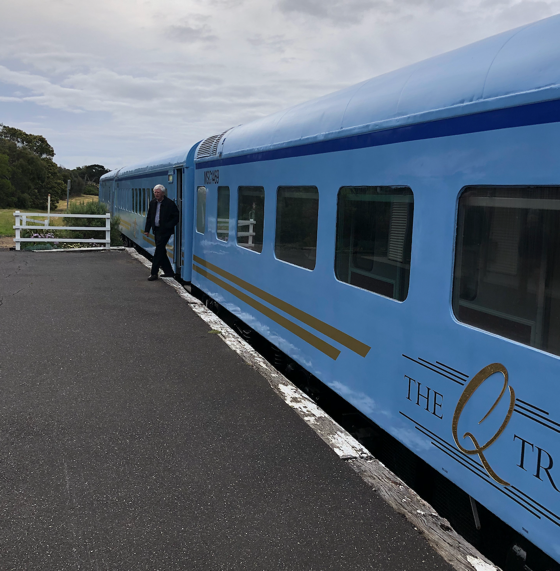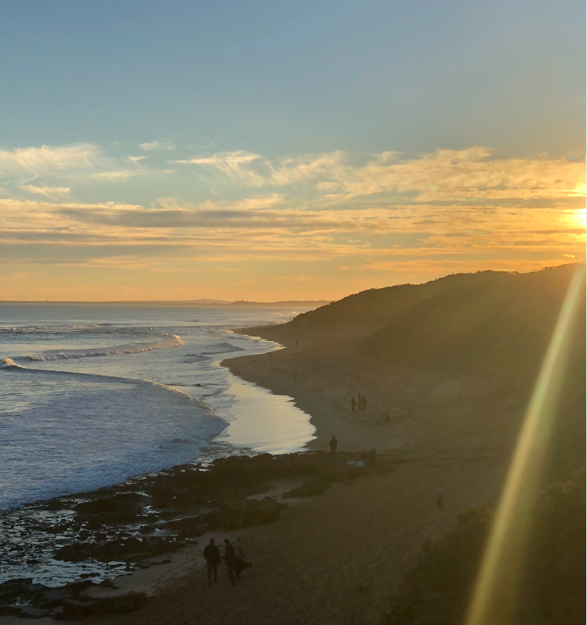I don’t often talk about hotspots, in fact we are cautious to contemplate hotspots while our market is experiencing such an unusual force at the moment.
As COVID-19 restrictions challenge how we now conduct our day to day lives, we also have to think about what we’ve learnt, how we’ve adapted and what impact our new way of life will have on our property choices going forward.
COVID-19 has changed how we think about our homes and our investment strategy.
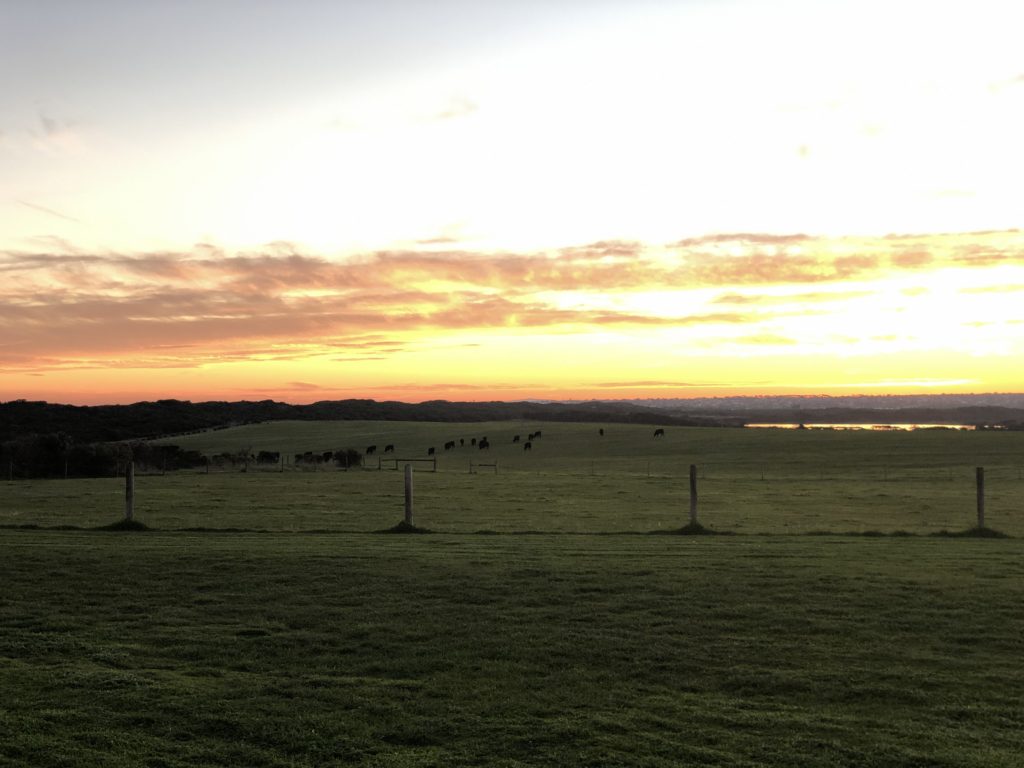
I have had many journalist interviews over the last six weeks and they have ranged from capital growth outlook to eviction moratorium discussions, changes to agency practise and expectations for demographic change.
One of the topics that has intrigued me the most is market segmentation.
Job uncertainty, income reduction, rising unemployment and all of the vulnerabilities that a large number of us are facing are shaping how we feel about financial exposure and how we look after our households. For some property owners, the JobKeeper initiative, lender support and other outbound cashflow deductions will enable them to ‘trade’ through COVID-19 and ‘come out the other side’.
For those who are more impacted, they may find that they have no alternative but to sell property.
And then there is the other group. Those who do ‘come out the other side’, but no longer wish to adhere to their past property strategy.
And the final group are those who don’t own property yet, but were planning to buy.
We will have a large contingent who, as a direct result of COVID-19 choose to look at property differently.
There are several elements that will initiate this, either as sole reasons, or in combination;
- Home-owners will reconsider household debt. Many will desire a lesser debt balance and a greater level of liquidity, (ie. money that is available for any rainy day and does not require credit decisions for access),
- Many folks will think about cleaner living in a less densely populated location, (ie. more land, less close-living neighbours),
- Investors are already thinking about cashflow neutral assets. During this horrible time, those investors whose incomes have been impacted will have been particularly concerned about their cashflow-negative, capital growth-centric holdings. Aside from fearing repayment inability and value losses, the added worry about tenant non-payment would have been quite traumatic for them,
- Families recognise that when they’re all at home together, they appreciate living space,
- We will travel overseas less in the short to medium term. Many travellers who have enjoyed regular travel experiences will turn to domestic options, whether they be resort style, private AirBnB, or self-owned, and
- We have not only learnt how to work remotely in a time-effective manner but we’ve proven to ourselves (and our bosses) that we are actually now quite proficient at it.
It is this latter change, in tandem with others that could see a widespread adoption of commutable, larger-dwelling, clean-living, most cost-effective lifestyles.
Victoria has plenty of beautiful regions and many segments of our population have chosen to buy into our regional cities, from sea-changers, tree-changers, decentralised service employees, professional contractors, retirees and others, but proximity and commutability to Melbourne remains a strong driver for many who are making a regional purchase decision.
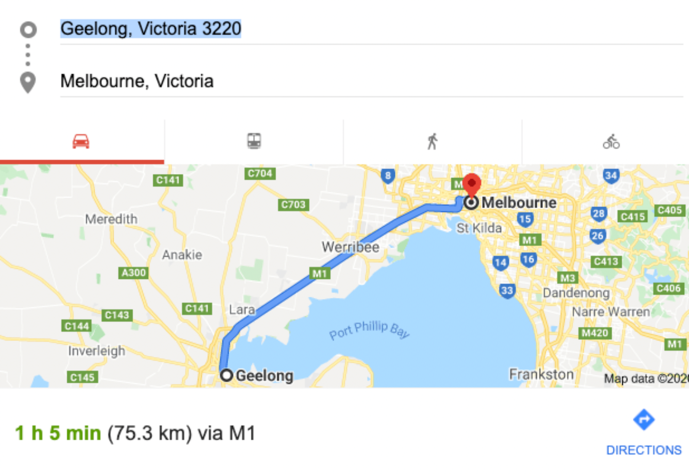
Our main commuter options within a two hour drive are, (in order of proximity to CBD) Geelong (and Bellarine/Surf Coast), Yarra Valley, Mornington Peninsula, Ballarat, Gippsland, Daylesford/Macedon/Castlemaine, and Bendigo.
It is fair to say that commute times beyond two hours are not so favoured by the mainstream.
When we consider Sydney and her region’s extraordinary growth over the last decade or so, it is intriguing to note the regional capital growth experienced by Sydney’s commutable regions. Rising house prices, affordability and a desire for many to enjoy the offerings of regional coastal centres have all contributed to the NSW regional growth.
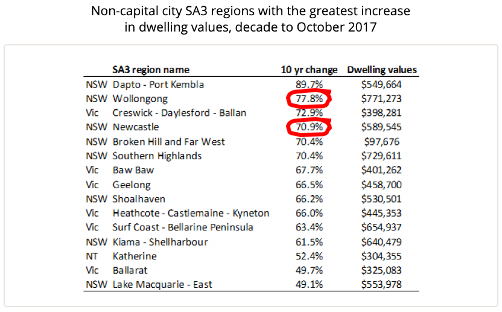
Interestingly, both Wollongong and Central Coast exhibit similar travel times to both Geelong and Bendigo, (respectively), however Newcastle remains a serious commute by any traveller’s standards. Despite Sydney’s notoriously difficult peak hour traffic conditions, people have still ‘voted with their feet’.

Ballarat, Castlemaine and Bendigo have continued to enjoy new arrivals, and these provincial, Goldfields cities are growing slowly and steadily with the support of increasing professional employment by way of government decentralised services.
It’s Geelong, however that has really experienced a significant change. Once home to the Ford Plant and other industry, Geelong was rattled severely when Ford closed down the facility. Employment took a serious blow, and for many locals who had lost a significant amount of their savings during the Pyramid collapse only two decades prior, Geelong’s wounds were deep.

Since 2013 though, this beautiful city of circa 300,000 people has shucked its industrial image and embraced a dramatic turnaround. From 2011 to 2016 during our last census data collection, the city grew some 10.7%.

The Australian Bureau of Statistics identified in the last census that the largest change in employment groups was in the professional category and at the time (2016) 20.8% of workers were in this band. The trend was growing, and we can safely assume we will see a consecutive increase in future statistics based on this trajectory.
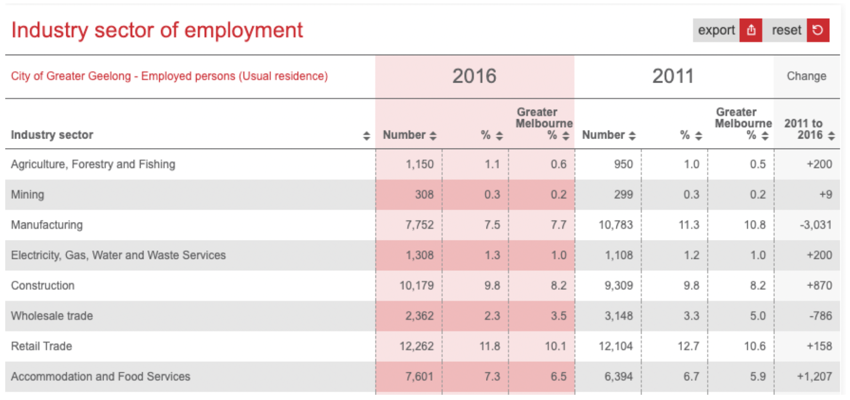
Forecasters anticipate a change in household over the coming years to show an increase in the number of couples without dependents. This is an intriguing prediction, and one that is quite different from the two other major cities, (Ballarat and Bendigo). It suggests that employment prospects for young people will be supported positively by a life in Geelong.

Schools in Geelong include some of our State’s finest, and the abundance of both primary and secondary schools can be shown below.
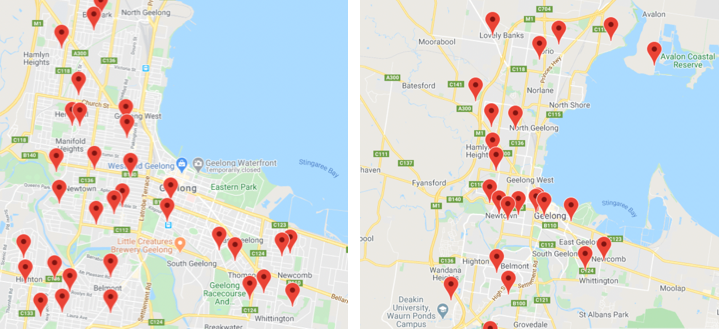
The adoption of Geelong-life has been palpable since the Ford plant closure and the chart below shows the five year period proceeding the plant closure. Geelong’s new dwellings rival that of most of Melbourne’s LGA’s, with the exception of the western and south-eastern fringe growth.
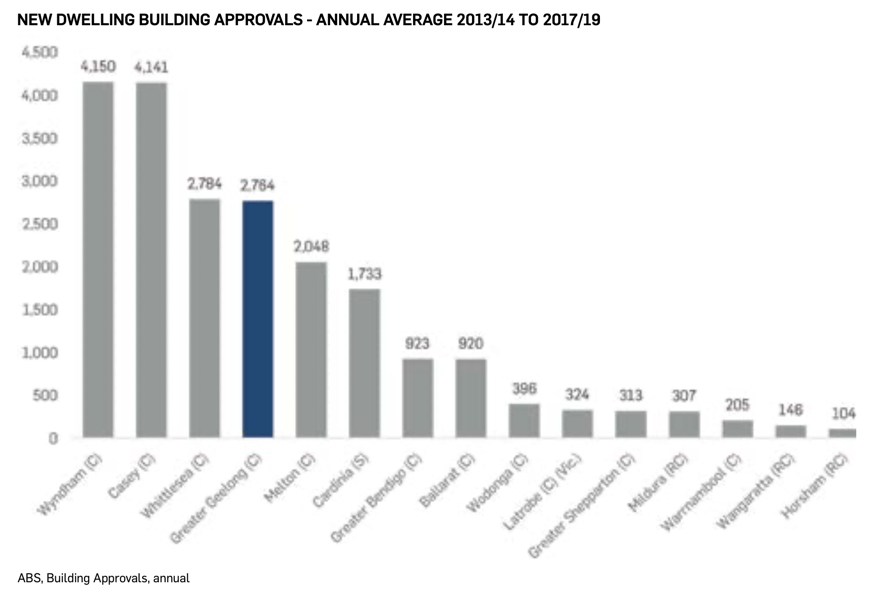
Geelong’s beautification is well and truly proven now, with a stunning beachfront, family friendly activities at Eastern Beach, great eateries and a growing number of wineries.
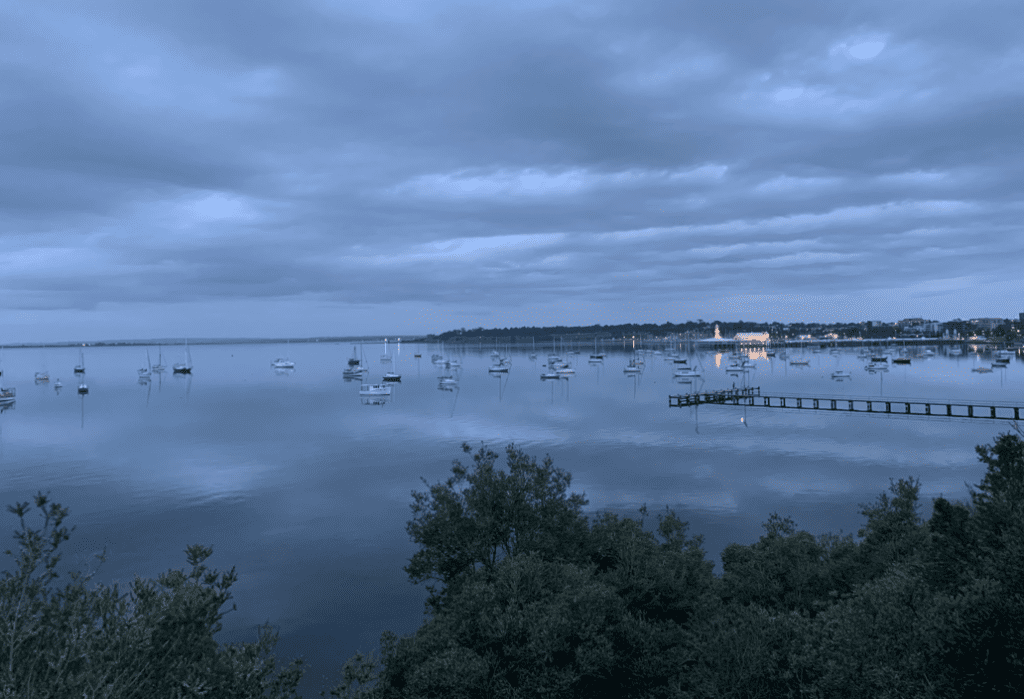
Most recently, the announcement of a change in port for The Spirit of Tasmania is an added boost for Geelong’s economy. Many patrons are holidayers who choose to take advantage of being able to drive their own car/caravan around our beautiful island state. Corio’s port will no doubt adapt to the new demands and exciting opportunity as an embarkation port for many domestic and international travellers. This, combined with future plans for Avalon airport, (including rail accessibility) will have very positive economic effect on Geelong.
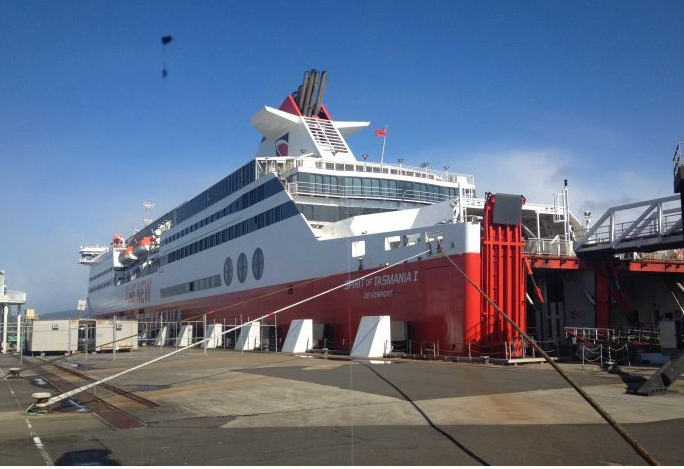
An interesting chart to consider is shown below, sourced from Pete Wargent’s Daily Blog. It shows the proliferation of Aussie international traveller activity, and an interesting note to make is that the increase that we can expect in Domestic activity in the aftermath of COVID-19 will likely pale in comparison to the influx of international travel to Australia one this pandemic nightmare is over. Provided we don’t have a re-infection, Australia and New Zealand are well-placed to be considered favourable international travel destinations.
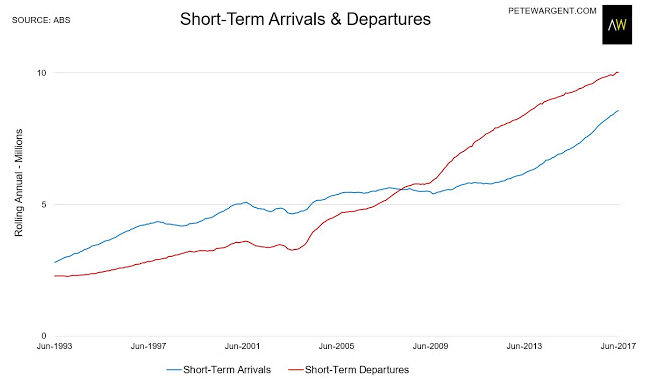
Today’s Geelong City bustles with vitality; cafes, restaurants and a vibrance that stretches from its historic waterfront, urban beaches, stylish art-galleries and alluring laneways to its inner ring residential pockets offering lifestyle AND convenience for any age group. This evolution into a modern-day hub which promises an abundance of life-style benefits at prices considered affordable in today’s housing market has been driven by an ever-growing appreciation for its sea-change status.
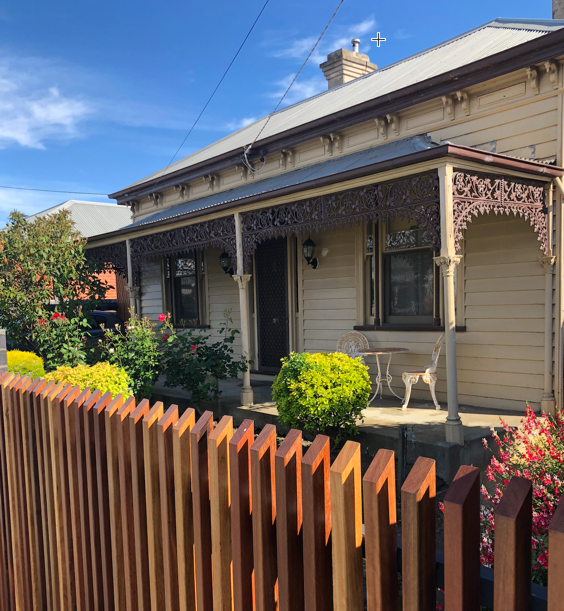
“Liveability” scores highly for those who have adopted Geelong and there is an impressive array of choice for various individual and family friendly pursuits. In the city itself, there are ever improving amenities contributing to well-being and lifestyle such as cycling lanes that connect with a broader network of bike paths branching to the outer rings of Geelong city and making the commute to work or train stations possible. Beyond this, the nearby proximity to exceptional beaches and coastal getaways is indisputable and a drawcard to locals and visitors alike.
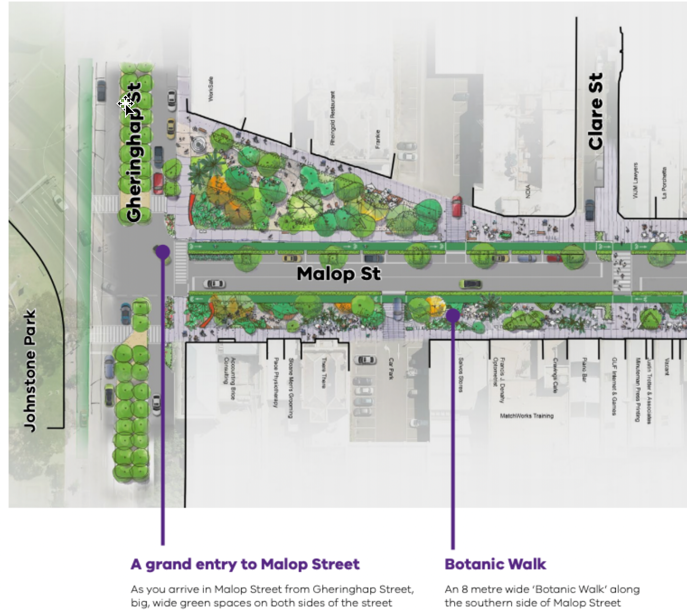
This is a boutique city that hasn’t been afraid to set goals for itself; a green spine inserted right through the heart of the CBD with an astonishing fusion of texture and living colour is a current agenda item for Geelong’s continued renewal. Sparking discussion and even debate about the future of this liveable city, residents have been invited to engage and take part, investing themselves in what it will become.
Geelong is a viable option for those downsizing their home perhaps due to an empty nest or changing personal interests. It offers all the advantages of a small city with walkability, nearby proximity to healthcare, satellite “villages” in the inner ring suburbs and a plethora of interest groups and life-style factors.
A significant consideration is the purchasing power a down-sizer from Melbourne brings with them to Geelong; its often been said that it is possible to get twice the house for your money in numerous areas and for some this is no small factor.
But for investors, the opportunity to secure a lower-cost, lower out-of-pocket property is an appealing option when considering a passive retirement income from rental proceeds. This villa unit in Geelong West was purchased last week for $341,500 and has an appraised rent of $320pw.

Geelong is the second biggest city in the State which has capital city population growth forecast to eclipse that of Sydney’s.
It definitely offers some food for thought…

Special thanks to our Geelong-based BA, Stacey Mitchell for her amazing research and contribution to this article.
REGISTER TO OUR NEWSLETTER
INFORMATION
CONTACT US
1A/58 ANDERSON STREET,
YARRAVILLE VIC 3013
0422 638 362
03 7000 6026
CATE@CATEBAKOS.COM.AU

